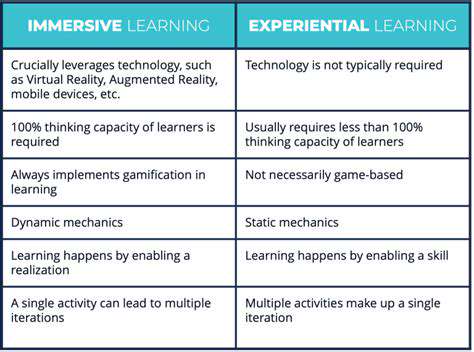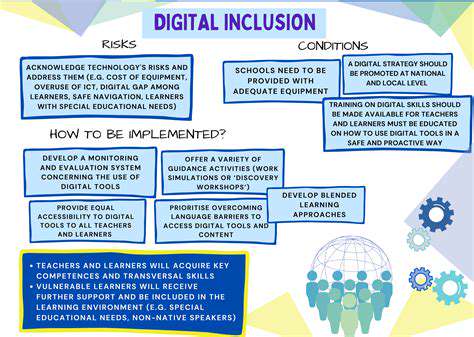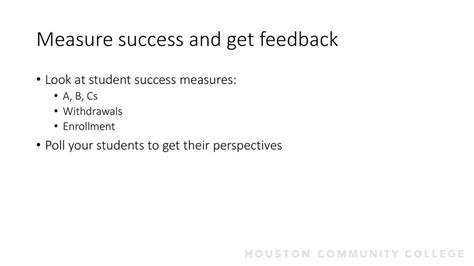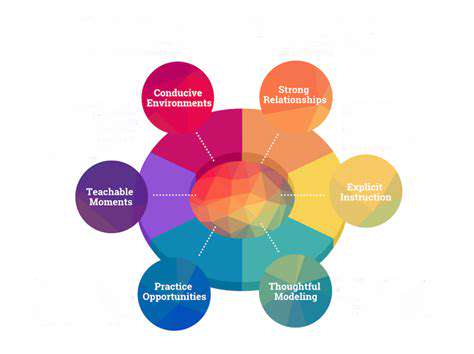Data Privacy in Mobile EdTech: Safeguarding Student Information
Ensuring Confidentiality
Protecting student data necessitates a multifaceted approach to confidentiality. This involves implementing strong encryption protocols for all student information stored electronically, from grades and attendance records to personal details. Regular audits and security assessments should be conducted to identify vulnerabilities and ensure that systems are up-to-date with the latest security patches. This is crucial for safeguarding sensitive information from unauthorized access, use, disclosure, disruption, modification, or destruction. A robust security policy should be established and communicated clearly to all staff members involved in handling student data.
Moreover, secure access controls are essential. Only authorized personnel should have access to student data, with the level of access carefully tailored to their job responsibilities. Implementing multi-factor authentication further enhances security, adding an extra layer of protection against unauthorized login attempts. These measures are vital in preventing data breaches and maintaining the privacy of student information.
Implementing Access Control Mechanisms
Robust access control mechanisms are paramount to safeguarding student data. This involves defining clear roles and responsibilities for each staff member with access to student information. Restricting access to only the necessary data and functionalities prevents unauthorized personnel from gaining access to sensitive information. This strict control should be meticulously documented and regularly reviewed to maintain data security.
Furthermore, implementing granular access controls allows for a tailored approach to data access. For instance, teachers might only need access to grades and attendance for their students, while administrators require access to a broader range of student data. This layered approach to access control minimizes the risk of unauthorized disclosure and improves data security overall.
Data Minimization and Storage Policies
Data minimization is critical in protecting student data. Only collect and store the minimum amount of data necessary for legitimate educational purposes. This principle reduces the overall risk surface and limits potential vulnerabilities. Furthermore, implementing strict guidelines for data retention is crucial. Data should be stored securely and only retained for the duration necessary to fulfill its intended purpose, adhering to legal and regulatory requirements.
Establishing clear data storage policies ensures that data is stored securely and in compliance with privacy regulations. These policies should outline the procedures for data backup, disaster recovery, and data disposal. Regular reviews of these policies are essential to adapt to evolving security threats and best practices.
Regular Security Audits and Training
Regular security audits are vital to identify potential vulnerabilities in data protection systems. These audits should assess the effectiveness of existing security measures and identify any gaps or weaknesses that need to be addressed. This proactive approach helps in preventing data breaches and ensuring continuous improvement in data security practices. The audit process should incorporate a thorough evaluation of current security practices and compare them with industry best practices.
Providing comprehensive security training to all staff members is crucial. This training should cover the importance of data privacy, best practices for data handling, and the potential consequences of data breaches. Regular updates to security training materials are necessary to address evolving threats and enhance awareness among staff.
Compliance with Data Privacy Regulations
Adhering to relevant data privacy regulations, such as FERPA (Family Educational Rights and Privacy Act) in the US, is essential for protecting student data. This involves understanding the specific requirements and ensuring that all data handling practices comply with these regulations. This proactive approach ensures that educational institutions are compliant with the law and minimize the risk of legal repercussions.
Staying informed about evolving data privacy regulations and best practices is critical. Regular updates and reviews of policies and procedures are essential to maintain compliance and adapt to changing legal landscapes. This proactive approach helps institutions navigate the complex landscape of data privacy and ensures the security of student data.
A crucial aspect of optimizing clinical trials lies in meticulously designing the study to maximize efficiency and minimize unnecessary expenditure. This involves carefully considering the patient population, the specific research question, and the available resources. Well-defined inclusion and exclusion criteria, alongside a robust statistical power analysis, are essential for ensuring the trial's ability to detect a meaningful treatment effect if one exists. Properly defined endpoints, aligned with the study objectives, are equally critical to avoid ambiguity and misinterpretations. Careful consideration of the trial's logistical aspects, such as recruitment strategies and data management protocols, also play a significant role in streamlining the process and reducing potential delays and costs.
Read more about Data Privacy in Mobile EdTech: Safeguarding Student Information
Hot Recommendations
- The Gamified Parent Teacher Conference: Engaging Stakeholders
- Gamification in Education: Making Learning Irresistibly Fun
- The Future of School Libraries: AI for Personalized Recommendations
- EdTech and the Future of Creative Industries
- Empowering Student Choice: The Core of Personalized Learning
- Building Community in a Hybrid Learning Setting
- VR for Special Education: Tailored Immersive Experiences
- Measuring the True Value of EdTech: Beyond Adoption Rates
- Addressing Digital Divide in AI Educational Access
- Preparing the Workforce for AI Integration in Their Careers











